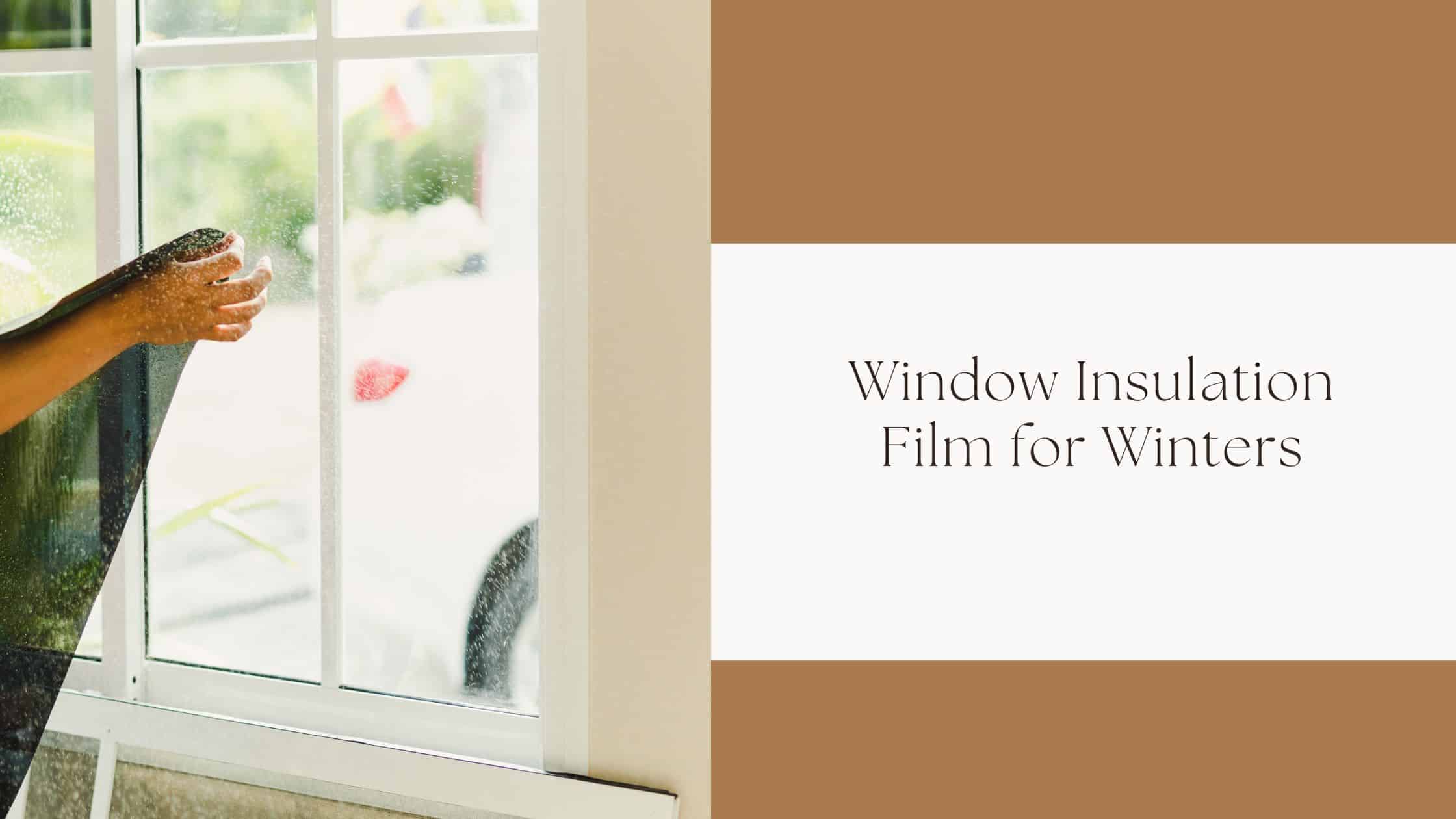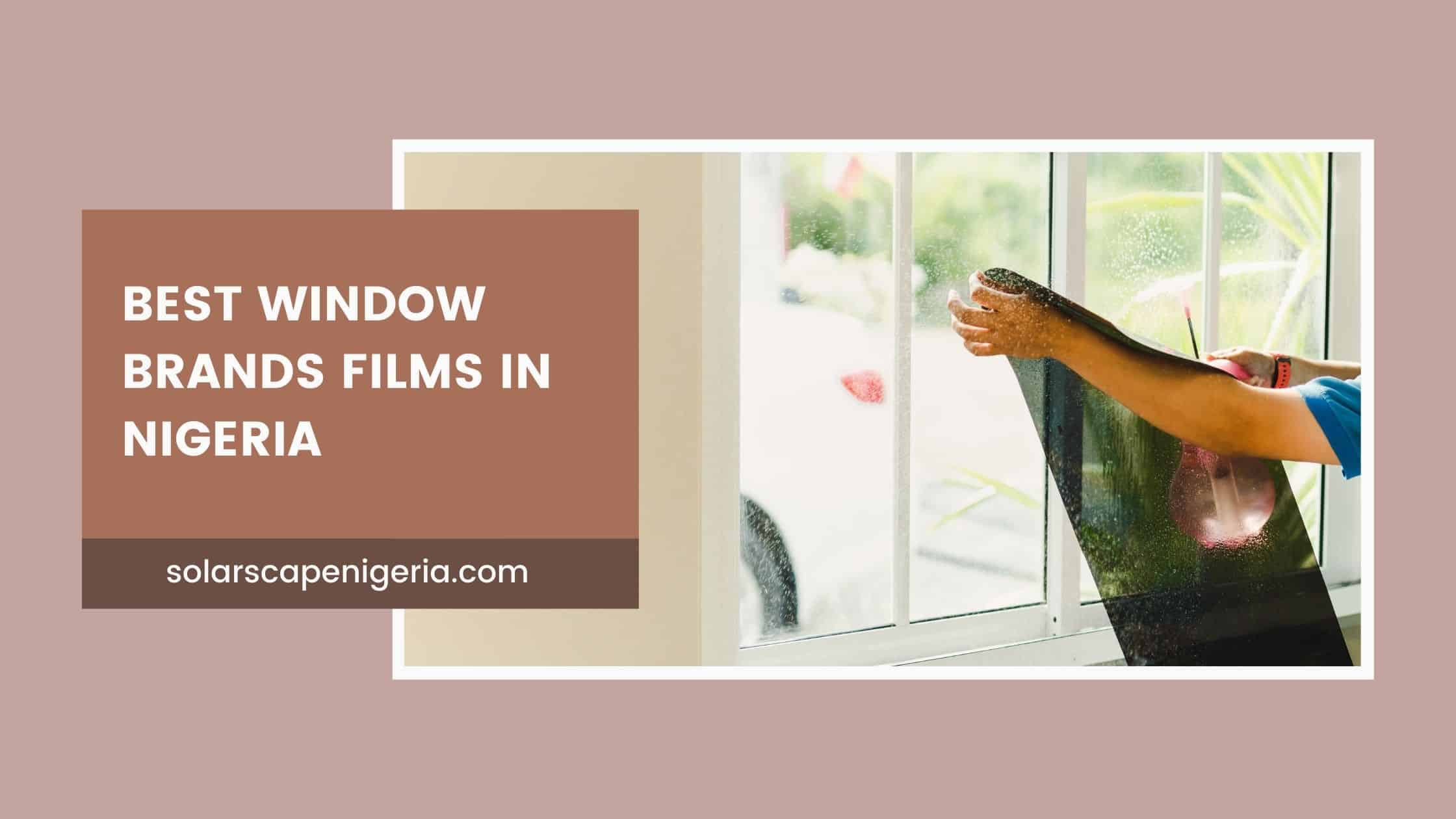Are you an architect or designer looking to make a lasting impact on the education sector? Do you want to create buildings that are not only aesthetically pleasing, but also functional and energy-efficient? Look no further than commercial window film! In this blog post, we’ll dive into tips for designing schools and educational buildings using this innovative material. From reducing glare in classrooms to enhancing privacy in administrative offices, we’ve got you covered. Let’s get started!
Introduction to Commercial Window Film
As school districts across the country are working to create safer and more secure learning environments, many are turning to commercial window film as a cost-effective way to fortify their buildings. Window film can provide a shatter-resistant barrier in the event of an accident or attack, helping to protect students and staff from flying glass and other debris. In addition, window film can help reduce solar heat gain and glare, making classrooms more comfortable and conducive to learning.
When selecting commercial window film for a school or educational facility, it is important to consider the specific needs of the space. For example, classrooms that receive direct sunlight may benefit from a low-e film that helps reflect heat away from the room, while locker rooms or gymnasiums that experience high humidity levels may require an anti-fog film to prevent condensation from building up on windows.
Once you have selected the right type of commercial window film for your needs, the next step is to have it professionally installed. This process typically takes just a few hours and can be completed during summer break or another time when school is not in session. By working with a qualified installer, you can ensure that your new window film will provide years of safety, comfort, and energy savings for your school or educational facility.
Benefits of Commercial Window Film for School Design
When considering window film for school design, there are many benefits to take into account. Commercial window film can improve energy efficiency, help regulate temperature, and provide privacy and security.
- Energy Efficiency: Commercial window film can reduce heat gain in a building by up to 80%. This can lead to significant savings on energy costs, as well as reducing the load on HVAC systems.
- Temperature Regulation: In addition to reducing heat gain in the summer, commercial window film can also help keep heat in during the winter. This can create a more comfortable learning environment for students and staff alike.
- Privacy and Security: Window film can also provide privacy and security for schools. Frosted or opaque films can obscure views into classrooms or offices, while clear safety and security films can help protect against break-ins and vandalism.
Considerations When Choosing the Right Window Film for Schools
- When it comes to choosing the right window film for schools, there are a few things to keep in mind. First and foremost, safety is always the top priority. There are a variety of window films on the market that can help increase safety and security in schools, so be sure to consider your options carefully.
- In addition to safety, another important consideration is privacy. In many cases, schools may want to limit the amount of visibility into classrooms and other areas of the building. Again, there are a variety of window films that can help with this, so be sure to explore all of your options.
- Finally, you’ll also want to keep aesthetics in mind when choosing window film for schools. In many cases, schools want their buildings to look professional and sleek, and window film can definitely help with that. Just be sure to choose a film that compliments the overall design of the school.
Also Read: Madico Solar Film Installed At Continental Reinsurance Building
Installation Tips for Commercial Window Film in Educational Buildings
When it comes to outfitting educational buildings with commercial window film, there are a few key installation tips to keep in mind.
First and foremost, educational institutions are complex buildings with many different types of windows, so it’s important to work with a qualified installer who has experience with similar projects. Secondly, take into account the type of window film you’re looking to install. There are a variety of films on the market that offer different levels of privacy, heat reduction, and glare reduction. Be sure to discuss your needs and objectives with your installer to ensure you’re choosing the right product for your space. Finally, keep in mind that some window films require professional installation while others can be installed by the building occupants themselves. If you’re opting for a do-it-yourself installation, be sure to follow all instructions carefully and consult with your installer if you have any questions. By following these simple tips, you can ensure a smooth and successful installation of commercial window film in your educational building.
Budgeting for Window Film Projects in Schools and Universities
When designing a school or university, one of the main concerns is how to create a comfortable and productive learning environment for students and faculty. One way to do this is by using commercial window film to control the amount of light and heat that comes into the building.
Window film can also help reduce energy costs by blocking out UV rays that cause fading and heat gain. It is important to budget for window film installation when planning a school or university project, as it can be a significant expense. However, the long-term benefits of using window film make it a worthwhile investment.
Also Read: New Decorative Window Film Installation Completed For SNAPNET, LEKKI LAGOS
Creative Ideas to Enhance Educational Spaces with window Film
When it comes to improving educational spaces with window film, the sky’s the limit in terms of creativity. Window film can be used to create privacy for classrooms and offices, to reduce glare and UV rays, and to add a decorative touch to any space.
Here are a few ideas for using window film to enhance educational spaces:
1. Use frosted or opaque window film to create privacy for classrooms and offices.
2. Add decorative window film to common areas such as hallways and cafeterias.
3. Use solar control window film to reduce glare and UV rays in classrooms and libraries.
4. Apply anti-graffiti window film to protect surfaces from vandalism.
Also Read: GTB Training School, Abeokuta, Nigeria
Conclusion
It is clear that using commercial window film when designing schools and educational buildings can be beneficial. Not only will it help reduce energy costs, but it also provides privacy and security in a way that looks aesthetically pleasing while still allowing natural light to come in. With the right design techniques, you can make sure your school has all the elements of a successful learning environment without compromising on style or safety.




